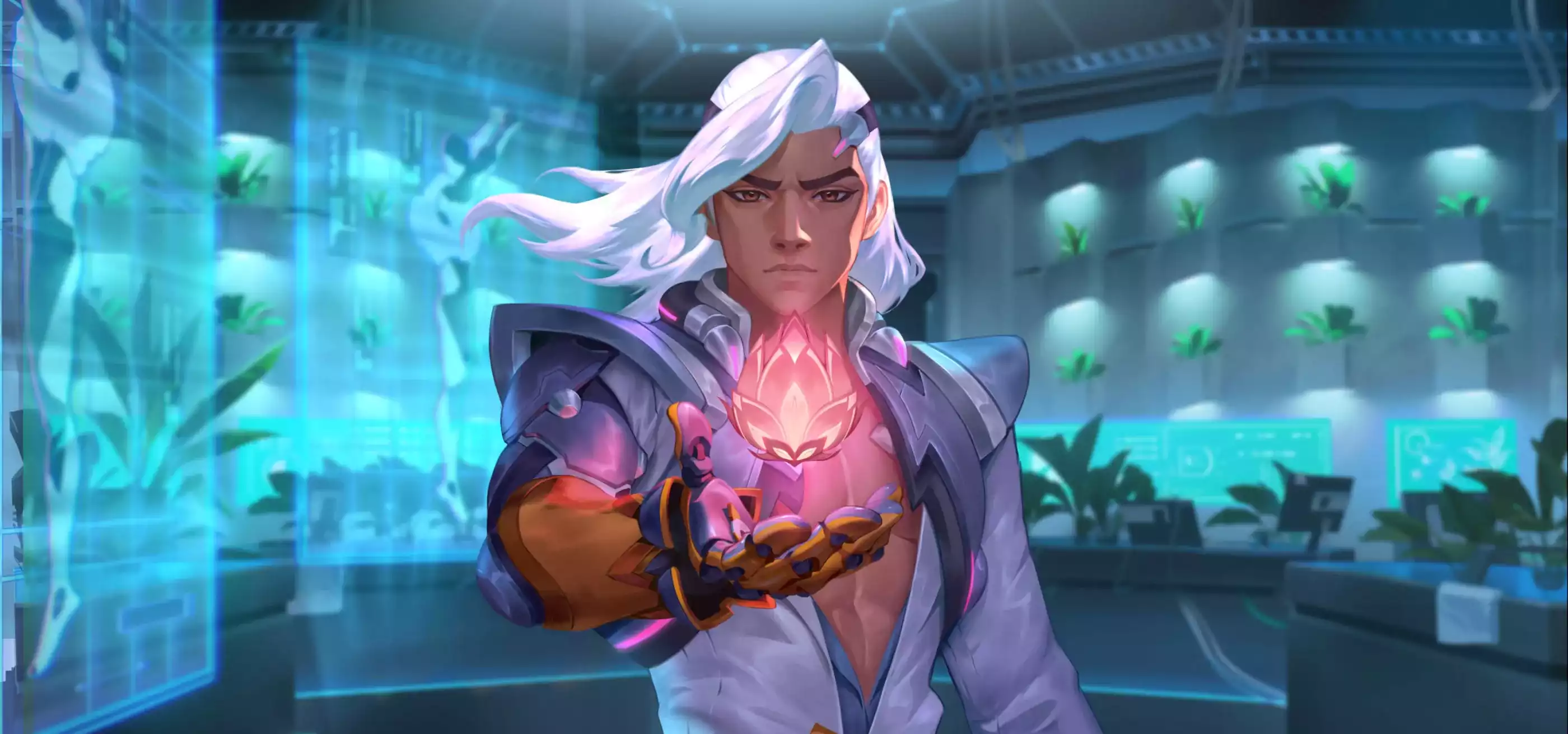You’ve heard the old adage, ‘Never meet your heroes,’ but what if you had the chance to create your own? For DigiPen BFA in Digital Art and Animation graduates Ying Liu (2012) and Chonlawat “Takki” Thammawan (2016), it’s an experience they’ve both gotten to enjoy as members of the character art team for Overwatch 2, the popular hero shooter from Blizzard Entertainment. The two shared a career highlight last May when Blizzard officially unveiled the game’s 37th playable character, Niran “Bua” Pruksamanee, better known as Lifeweaver.
“I was in Singapore when he came out, and I think it happened past midnight over there,” Liu recalls. “I was like, ‘I have to stay up! I have to watch that trailer go out.’”
A support-class hero who wields the power of an advanced healing technology called biolight, Lifeweaver immediately stood out for his distinctive flower-inspired costume design, featuring lotus-like petals sprouting from a device on his back. The fan response was overwhelmingly positive, and not only for his striking appearance and unusual move set — including the clutch ability to rescue teammates from treacherous falls. Players were also celebrating the new hero for his positive representation as an openly pansexual scientist who hails from the nation of Thailand.
“When it actually happened, even I had to ask myself, ‘Is this really happening?’” Thammawan, who is himself Thai, says. “I actually took a day off just to read comments.”
The two grads had good reason to be invested in the character’s unveiling, seeing as they were both part of the core team of Overwatch 2 developers who created him from the ground up, Liu serving as Lifeweaver’s dedicated senior character artist and Thammawan as the assigned senior character technical artist — not to mention go-to Thai cultural consultant.
But to fully appreciate the story of how Lifeweaver came to be, it helps to understand how his two co-creators arrived at Blizzard in the first place.
From Zynga to AAA
For Liu, who grew up in Singapore prior to attending DigiPen, being a game artist was something she never even considered until she saw an online documentary on the making of Bungie’s Halo 2. Her research soon led her to DigiPen, where she decided to enroll as an international student in the BFA program. It was during her junior year when she realized her knack for character art in particular, a talent she put to use the following year in the award-winning senior game Deity.

Upon graduation, that same talent landed her a job at mobile games giant Zynga in San Francisco, and for the next several years, Liu worked simultaneously as a character and environment artist on a range of mobile titles. Although she loved working with her fellow coworkers, she eventually came to the conclusion she wanted more from her career.
“It really sank in that I wasn’t happy with the work I was doing. And that’s when, during my free time, I started studying other art tools like Marmoset, Substance Painter,” Liu says. “I knew that I had to learn these industry-standard tools in order for me to eventually move to triple-A games.”
When she saw an opening in 2019 for a mid-level character art position on Blizzard’s Overwatch team — known internally as Team 4, the timing felt right. Liu took the plunge and applied.
“I grew up with Blizzard games, so Blizzard was one of my dream jobs,” Liu says. “Overwatch was the only first-person shooter I really delved in and enjoyed.”
The hiring process wasn’t easy. Even after landing an interview, she still had to prove her readiness by completing a challenging at-home art test that tasked her with modeling and texturing an original character based on concept art. After two weeks of late nights and grinding effort, she submitted her art and hoped for the best.
My lead was like, ‘Cool! You’re gonna work on the Overwatch 2 version of D.Va, just so you know.’
Her hard work paid off, and upon joining her new Blizzard teammates, Liu quickly learned she would be modeling cosmetic character skins for the as-yet-unannounced Overwatch 2. Not only that, one of her first assignments would be a major one — modeling the new default look for one of the first game’s original characters.
“My lead came to me. He was like, ‘Hey, Ying. Can I ask you which is your favorite Overwatch hero?’” Liu recalls.
The answer was easy. From her very first time playing Overwatch, she was immediately drawn to the pink mech pilot nicknamed D.Va.
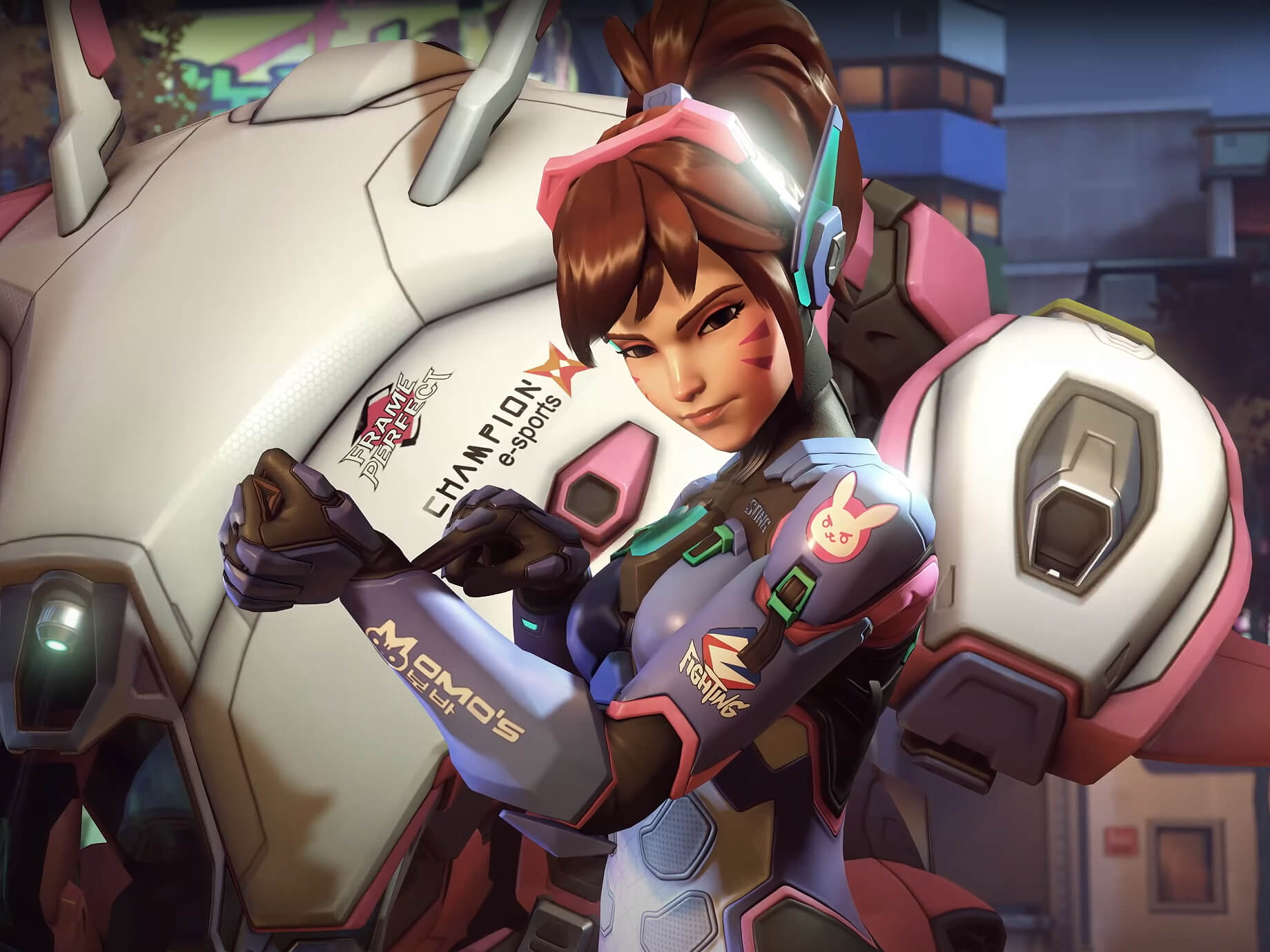
“She was this cute, bubbly-but-strong female Asian character in a game, and it was just an instant pick for me,” Liu says. “My lead was like, ‘Cool! You’re gonna work on the Overwatch 2 version of D.Va, just so you know.’”
A Second Chance
Before arriving at Blizzard, Thammawan was at a similar crossroads in his post-DigiPen career. Although he had a good job working as a tech animator at Los Angeles studio Magnopus — known for their high-quality work in VR/AR development and virtual production — he too found himself ready for a new challenge. For years, he says, he tried to land a spot in the coveted animation internship program at Walt Disney Animation Studios, but the timing never worked out.
It was only while job hunting for an animator friend that he came across a curious opening for a character technical artist position on Blizzard’s Overwatch team. As with Liu, Thammawan had been a huge Overwatch fan from the beginning.
“I read the job requirement and responsibilities, and I was like, ‘Huh. Interesting. I could totally do this,’” Thammawan says.
There was only one problem. The opening was for an associate position, potentially a step down from Thammawan’s actual level of experience. Still wanting to learn more, Thammawan reached out to an acquaintance who worked on Team 4.
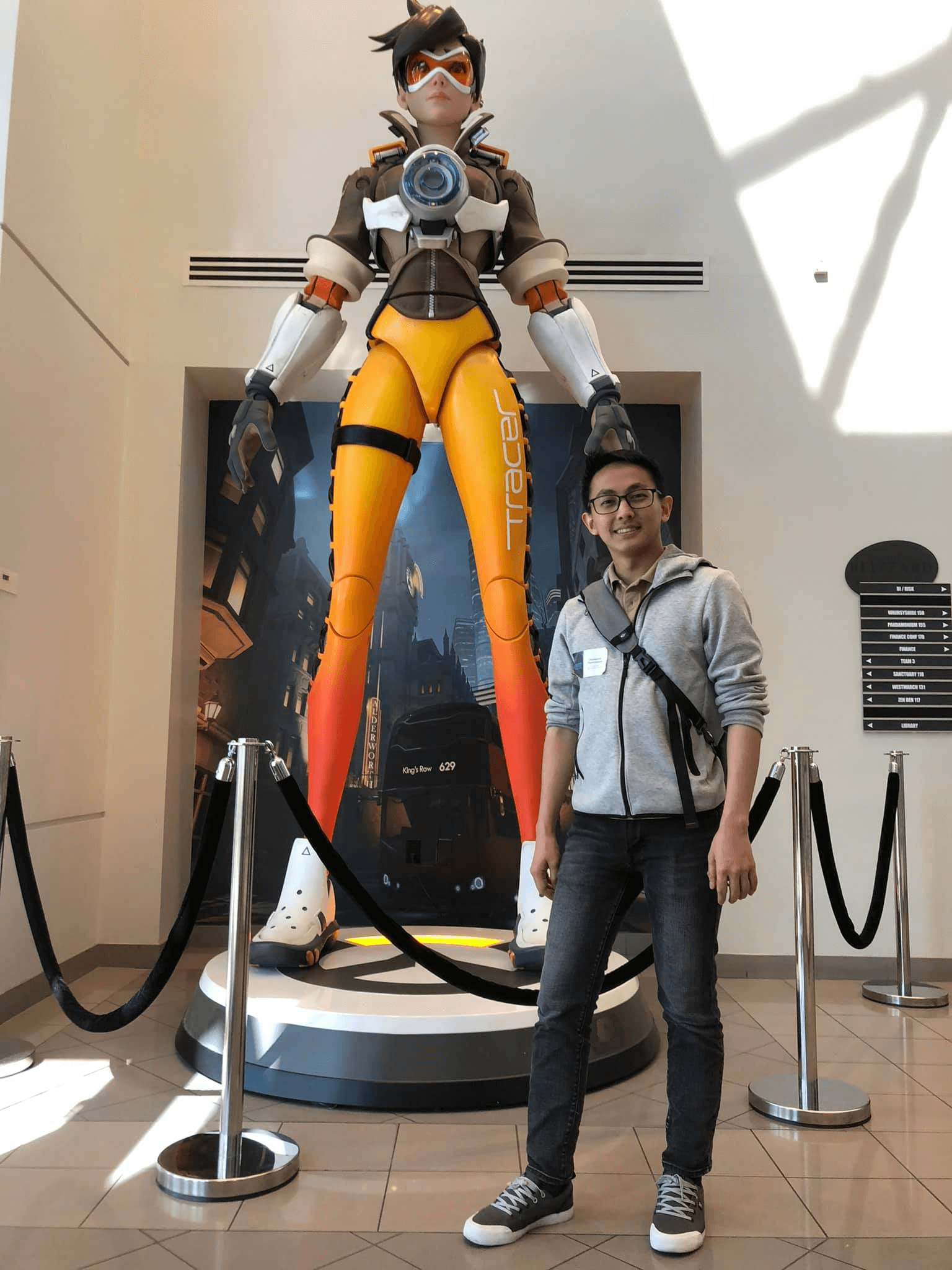
“He happened to be on that exact Overwatch tech art team that was looking to fill this position. I was thinking, that’s a huge coincidence,” Thammawan says. “At first, I wasn’t really convinced I was going to apply, but this guy was so hyped I was interested that he showed his boss my demo reel.”
As it turned out, Thammawan’s portfolio, initially created to impress Disney recruiters, was perfect for the role at Blizzard, and the Team 4 developers soon contacted him for an interview. Not only that, in another unexpected twist of fate, the recruiter for Blizzard who helped arrange the interview was none other than a former coworker from Magnopus.
“There’s a lot of coincidence going on!” Thammawan remembers thinking.
In actuality, this was the second time he had interviewed with Blizzard, the first one being a phone interview shortly after his graduation when he had applied to an opening on the World of Warcraft team. Despite having little WoW experience prior to applying, Thammawan had done his best to quickly research and demo the game prior to the interview.
“They rejected me like five minutes after the call. I was like, ‘Oh my God. Am I that horrible?’” Thammawan says with a laugh. “And, of course, I think they knew that I don’t play WoW.”
I’ve played Overwatch ever since it came out, and I still play it to this very day. So the interview went by super easily.
This time around, he says, his firsthand knowledge of the game in question ran deep, and it made a world of difference.
“Imagine coming on the team to work on Overwatch and you already know every single character — as a character artist. You know their personality. You know their backstory. It helps so much when you’re familiar with the work,” Thammawan says. “I am like an Overwatch nerd. I’ve played Overwatch ever since it came out, and I still play it to this very day. So the interview went by super easily.”
If there was any concern about the advertised position being an associate role, Thammawan’s worries were quickly erased. Almost immediately after the interview, the Blizzard developers offered to open a new mid-level position just for him.
“And they promised me that for this role, I would be doing character rigging, rigging props,” Thammawan says. “So that is how I got into Blizzard.”
Skins in the Game
Today, as a senior character artist, Liu spends the bulk of her time creating character “skins.” In Overwatch, skins refer to the collectible cosmetic upgrades that modify a hero’s default appearance. The change could be as minimal as a stylish hat worn in battle, or it could be a complete costume overhaul.
“It involves a lot of working with the concept artist who designed that skin and then working with the tech artist who is going to rig that skin,” Liu says.
Her first step is to create a simple, non-detailed 3D mesh called a blockout, with only the most basic shapes and textures to demonstrate the concept and test it within the game engine.
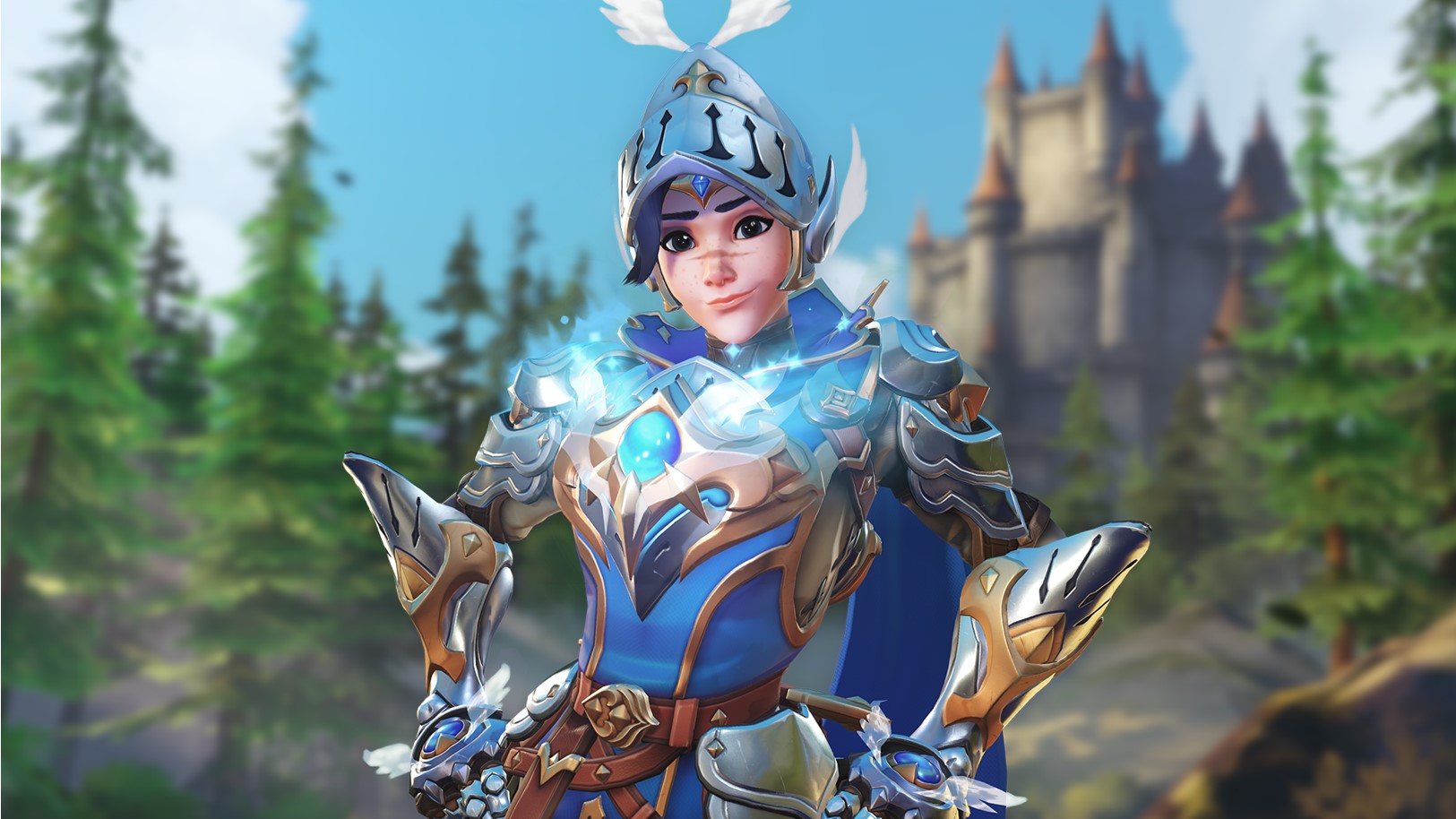
“Then we run around as Tracer, for example. And for this skin maybe she’s wearing knight armor, so we see what happens when she’s running around with a helmet, pauldrons, all this armor. Then we can very quickly discover, ‘OK, maybe she can’t have such huge gauntlets. It’s just going to clip through her guns,’” Liu says. “There’s a bit of back and forth until we fine tune what would work.”
From there, Liu and the other Team 4 character artists can begin work on the actual sculpt.
“So now we can put all those intricate details into her chest plate, gauntlets, or whatever details our skin concept requires,” Liu says.
Next, the character artist will finalize both a high-polygon (“high poly”) and low-polygon (“low poly”) version of the character mesh, complete with UV mapping, baking, and texturing. It’s a painstaking process where precision and detail are extremely important.
“Overwatch has a very, very clean art style. It’s a stylized game with stylized characters,” Liu says. “Your shapes really matter. You have to be very clean with your colors. They can’t look muddy.”
As a senior character technical artist, Thammawan also spends the majority of his time working on skins, building out the skeletal rigs used to animate the hero’s movements, as well as other miscellaneous tasks, such as building out the character’s hitbox. More than that, he also serves as a reliable storehouse of knowledge when it comes to solving a variety of problems at the intersection of art and tech.
“I have to be able to find where something is wrong in the game engine and help unblock people,” he says. “I would say tech art is probably one of the roles that gets to talk to a lot of departments.”
A Hero is Born
Depending on the complexity of the skin, the turnaround time can take up to several months, according to Liu. Creating a new hero altogether, on the other hand, is a process than typically requires at least a year or more of behind-the-scenes work — especially if the character has never existed within the peripheral lore of Overwatch. Being assigned to a new hero is a rare and exciting opportunity for any Team 4 artist, and for both Liu and Thammawan, it was a career-defining moment.
In the case of Thammawan, it all came about in early 2022. That’s when he recalls being invited into a brainstorming session where members of the concept art team were discussing ideas for new hero skins centered around the seasonal theme of Asian mythology. Recognizing their lack of skins based on Southeast Asian culture, the team members encouraged Thammawan to provide input.
“When I joined in the brainstorm session, there were a lot of people. We had this virtual whiteboard, and we just filled it with sticky notes,” Thammawan says. “And in the pool of this massive wall of notes, there’s only like three Southeast Asian ideas. I was like, ‘OK, this is not going to cut it. I have the feeling that I have to do something.’”
Thammawan spent the following weekend putting together a formal presentation filled with ideas for Thai-inspired skins. The next week, he asked his teammates for a chance to present them.
“They probably expected me to show up with one doodle or something. But I showed up with like a 30-minute talk,” Thammawan says.
The pitch was well received and resulted in the concept team creating a handful of Thai cosmetic items. Thammawan was happy to have done his part, but that wasn’t the end.
They were like, ‘Takki, we wanted you to see something.’ Then they showed me the Lifeweaver concept as a Thai character. And it just looked perfect.
“What I didn’t know is that they were working on the concept for this Lifeweaver hero. At that time, it was pretty vague,” Thammawan says. “So they went back to drawing board, and they were like, ‘What if Lifeweaver is Thai?’ They were so inspired from that presentation that they went back and applied what they learned.”
Two weeks after his presentation, some of Thammawan’s fellow teammates unexpectedly pulled him into another meeting.
“They were like, ‘Takki, we wanted you to see something.’ Then they showed me the Lifeweaver concept as a Thai character. And it just looked perfect,” he says. “My jaw was on the floor.”
Making Lifeweaver
Over the course of the next year, both Liu and Thammawan worked to bring the new Lifeweaver concept to fruition. Both graduates described the Lifeweaver strike team as a “dream team,” comprising even more Team 4 members with Southeast Asian backgrounds, including a fellow Singaporean who made the Lifeweaver concept art and a Filipino animator.
“It felt awesome that, in a way, we were about to represent that part of Asia together,” Liu says.
The development process for Lifeweaver was filled with new challenges thanks to his many unusual design elements. For starters, he’s one of the game’s only barefoot heroes.
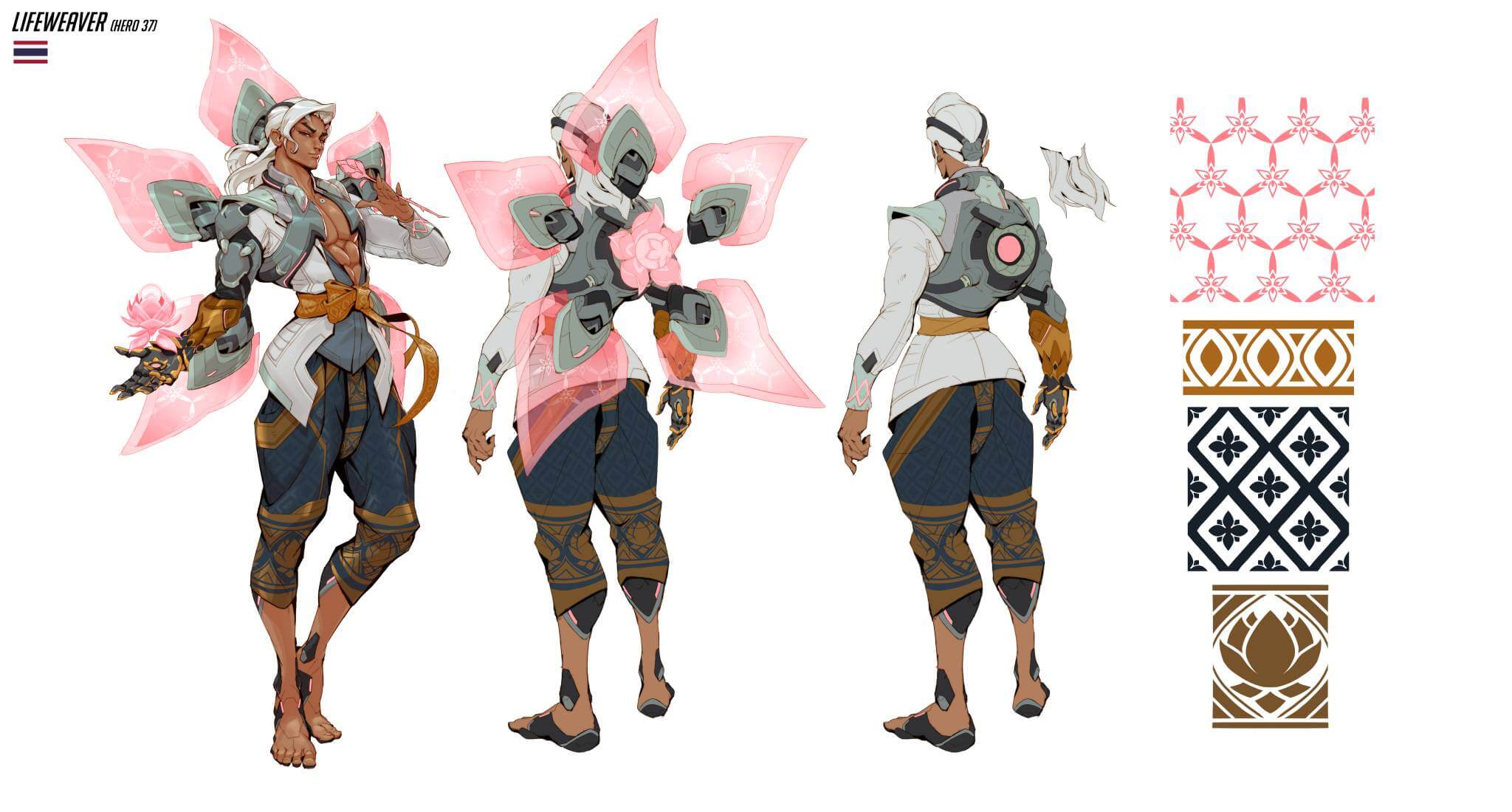
“I had to make a new set of feet. We don’t have a library of feet just waiting for us to use,” Liu says. “He really is made from head to toe, literally.”
Fitting his character name, Lifeweaver also does not carry traditional attack weaponry into battle.
“Lifeweaver is actually one of our most complex heroes. He doesn’t have a gun,” Liu says. “He has a gauntlet for a weapon, and then he has a healing flower that floats on it. How are we going to make that work in a way that reads for the player, and then how are we going to make it work so that we can create new skins for him later?”
I told him, ‘Dude, this hero — he’s from Thailand. You’re from Thailand. I want to make you proud, man.’
On top of those challenging questions, Liu and Thammawan collaborated on figuring out the mesh and rig requirements for Lifeweaver’s skills, all of which required additional stages of development and iteration.
“Lifeweaver has this huge tree that he summons for his ultimate. Takki was an integral part of that as well, so he had to rig and skin that tree — not just the hero itself. And then I had to not only model the hero, but I had to prototype all his skills that require meshes,” Liu says. “Takki and I, along with the rest of the Lifeweaver team, had to ensure they all worked.”
Through every stage of the process, Thammawan happily consulted with his fellow teammates on all matters related to Thai culture, making sure Lifeweaver’s ethnic heritage was authentically represented.
“In terms of his character design with his outfit, he has those cultural pants, which are called jongkraben. And that was something I actually spoke to Takki a lot with,” Liu says. “I told him, ‘Dude, this hero — he’s from Thailand. You’re from Thailand. I want to make you proud, man. Can you give me the best examples of those pants, where I can study the folds because of how uniquely those pants are tied?’”
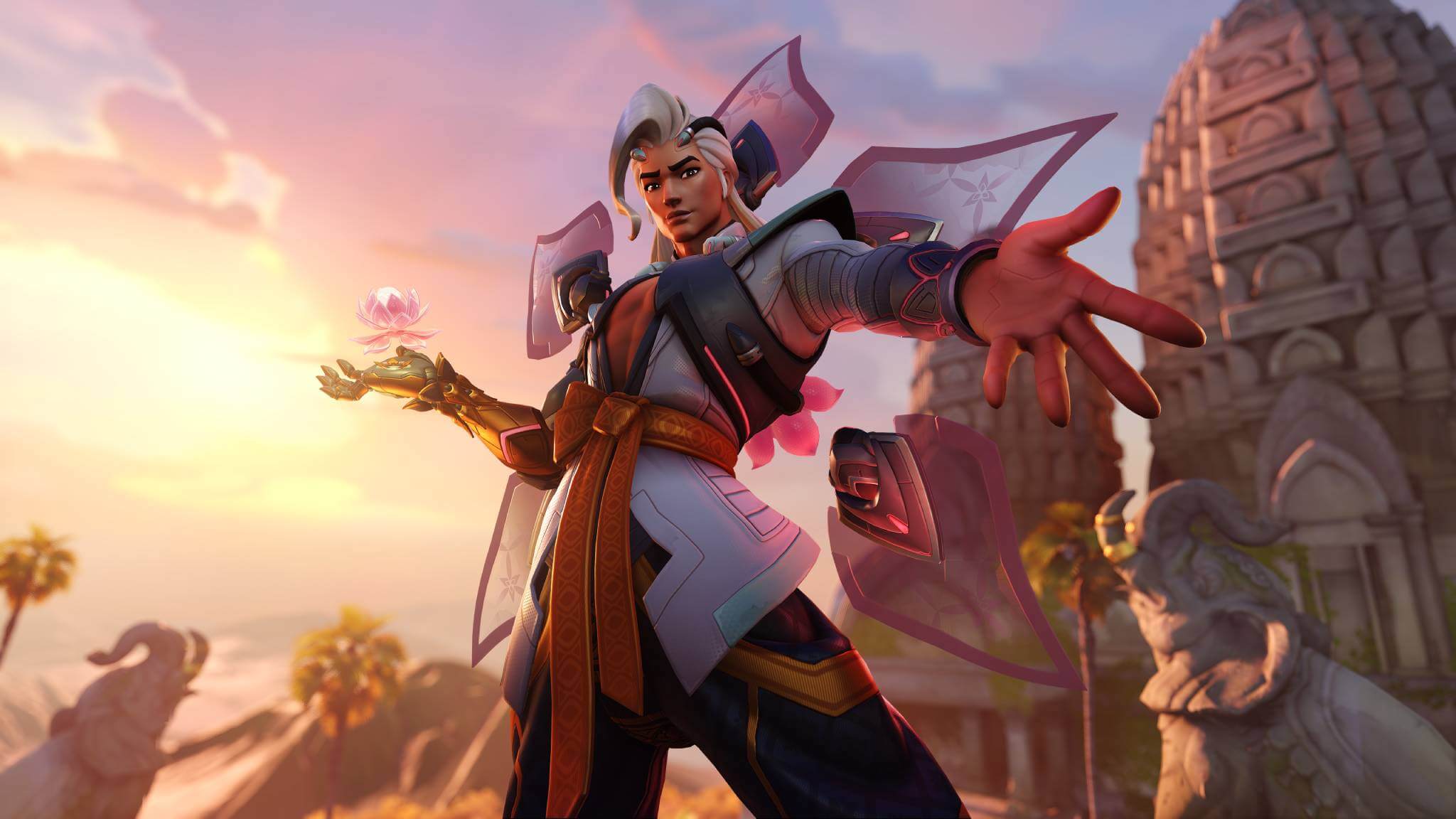
In the end, Thammawan says he couldn’t be happier with the results. For most of his life, he says, Thai characters in video games have been few and far between, mostly relegated to fighting games, and overly reliant on cultural stereotypes.
“They will probably have scars all over their face. And they are probably a kickboxer,” he says, pointing to Street Fighter II brawler Sagat as the oldest and most famous example.
During the Lifeweaver debut last May, Thammawan broke his own personal rule of avoiding the online comments sections, just to see how the fan base was reacting. Players around the world were applauding. One Thai Overwatch player even messaged him to say the reveal trailer had brought them to tears.
“The existence of Lifeweaver as a character, it actually breaks the mold of how most Thai characters in video games are supposed to look,” Thammawan says. “He is more like a protector who cares for the world, which is not something we usually see as a Thai character. And he doesn’t do kickboxing.”
